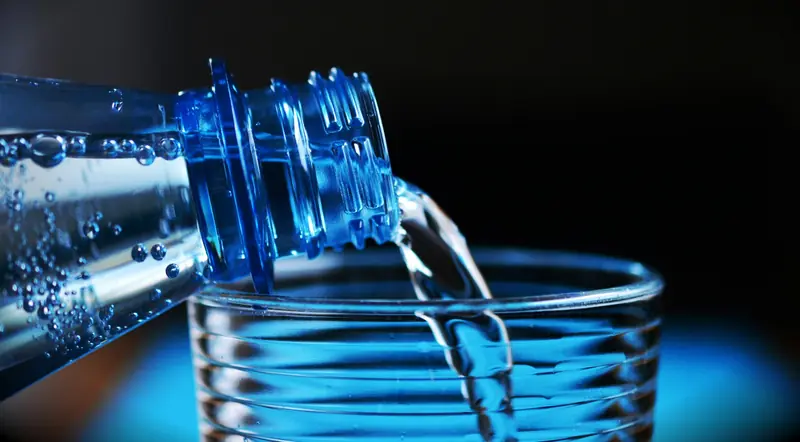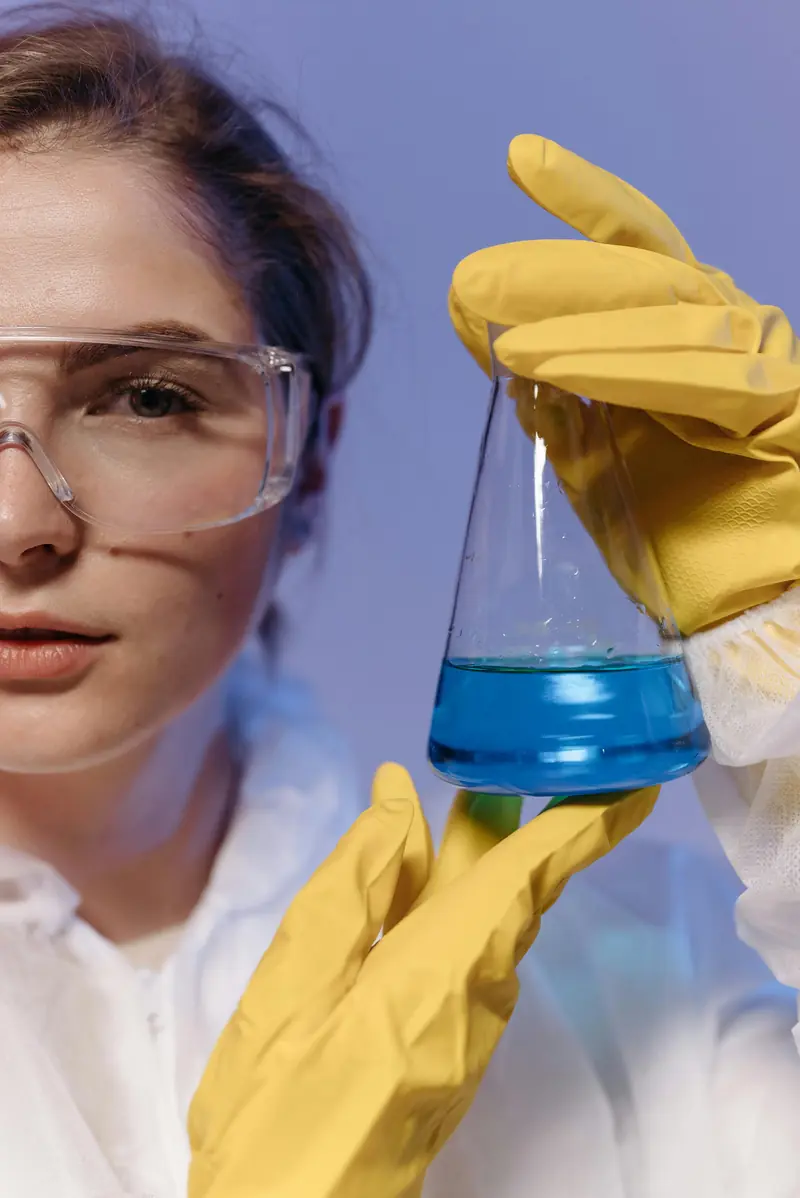
Researchers have discovered that bottled water may contain significantly more plastic pollutants than previously thought. In a study published in the journal PNAS, scientists from Columbia University reported a breakthrough in detecting microplastics. This advancement was made possible through a new method of forced combination light scattering, which allows for the rapid determination of the size, composition, and quantity of these tiny particles.
The authors of the study found that a liter of bottled water contains an average of 240,000 microplastic particles. This figure, without exaggeration, astonished the researchers.
What the Researchers Learned
According to Smithsonian Magazine, the analysis is fully automated and takes about two hours. This is more than ten times faster than any other method for detecting microplastics in water. Professor Wei Min, a co-author of the new technology and the study’s lead researcher, shared this information.
The method involves directing two lasers at samples of scattered micro- and nanoplastics. This dual dose of light causes the atoms in the particles to resonate. By capturing the energy signatures corresponding to atomic vibrations, the researchers can identify the types of polymers present. Moreover, they can also determine the size and shape of the fragments based on the tiny scattering of light that hits them.
Using this method, Professor Min’s team discovered that each liter of bottled water contains between 110,000 and 370,000 microplastic particles (averaging 240,000). The team was surprised to find that a significant portion of the detected plastic was not made up of polyethylene terephthalate, the material used to make the bottles.
The study’s results could be used to develop strategies for cleaning water of microplastics, the team believes.

Plastic Shedding Like Skin
It’s important to remember that microplastics are tiny toxic particles of synthetic polymers, measuring no more than 5 millimeters. They travel through the air, soil, and water, causing immense harm to human health and the planet’s ecosystems. Every time we step on a synthetic carpet, open a plastic container, drive a car, or wash clothes in a washing machine, we unknowingly scatter an unfathomable amount of plastic debris around us.
According to Sherri Mason, who studies this issue at Penn State University, “Plastic is much more like skin than we think; like skin, it constantly sheds.” All this waste ends up in our water, lungs, and stomachs along with our food and drinks.
Tiny plastics are everywhere; they are even found in breast milk and the snows of Antarctica. Therefore, scientists believe that this new method will help make “invisible pollution visible,” ultimately contributing to solving the global plastic problem.
